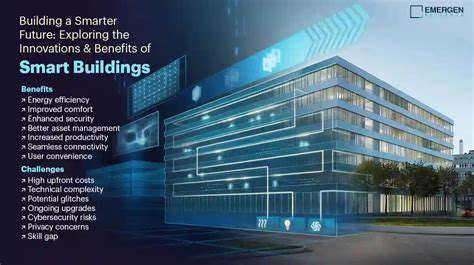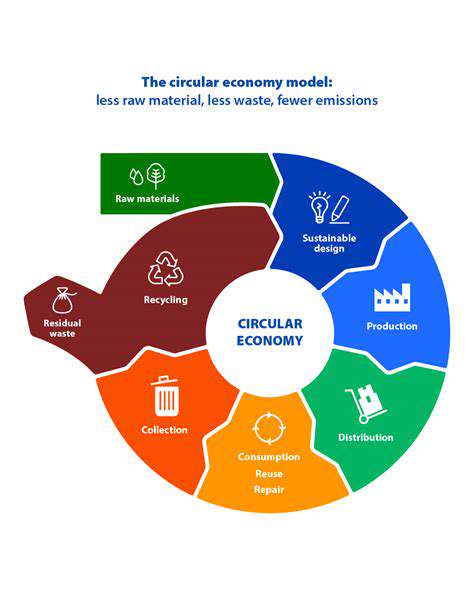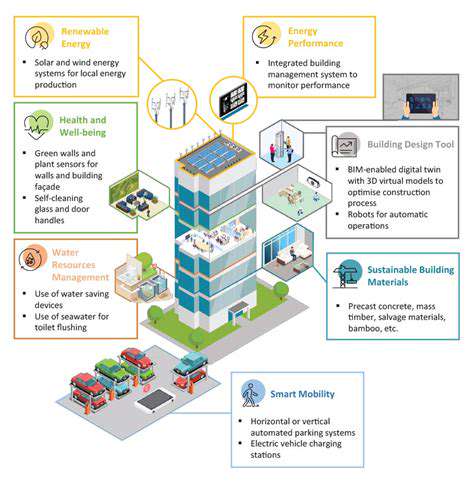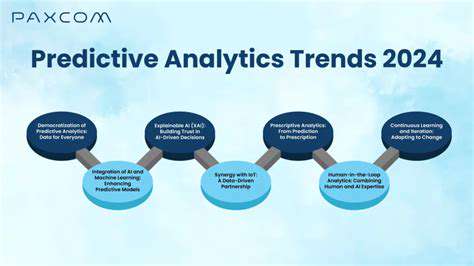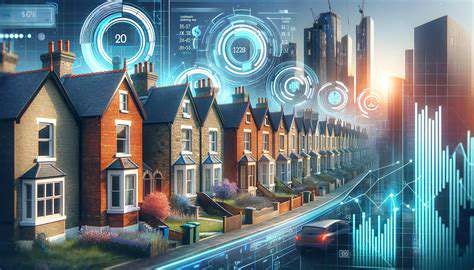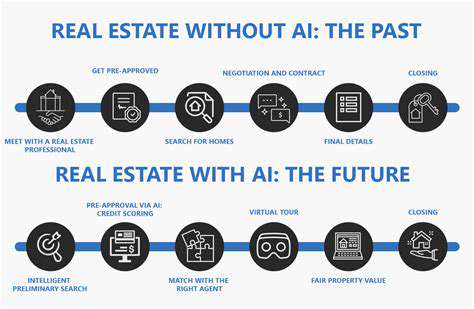Smart Buildings and Integrated Access Control
Modern smart buildings are transforming traditional access methods, moving past outdated keycard and keypad systems. By integrating cutting-edge technologies like biometrics and facial recognition, these systems create environments that are not only more secure but also more user-friendly. The ability to monitor and control access in real-time offers valuable insights into how spaces are used, enabling better management decisions.
Linking access control to building automation systems (BAS) unlocks new possibilities. Imagine walking into a room where lights and temperature adjust automatically based on your presence. This seamless interaction between systems optimizes energy use and enhances comfort, making buildings smarter and more responsive to occupants' needs.
Integration with Building Automation Systems (BAS)
The true power of smart buildings emerges when access control and BAS work in harmony. This synergy enables real-time adjustments to lighting, HVAC, and other systems based on occupancy data from access points. Such dynamic responses not only reduce energy waste but also create spaces that adapt intuitively to user behavior, setting a new standard for building intelligence.
Improving Operational Efficiency through Data Analysis
Today's access systems generate a wealth of data about building usage patterns. Analyzing this information helps facility managers optimize everything from cleaning schedules to energy allocation. By understanding peak usage times and space utilization, organizations can make data-driven decisions that reduce costs while improving service quality. These insights are transforming how we think about building management.
The Role of Biometrics in Enhanced Security
Biometric technology is revolutionizing access control by combining security with convenience. Unlike traditional methods that rely on easily lost or stolen credentials, biometric authentication ensures that only authorized individuals gain entry. The elimination of physical access tokens not only tightens security but also simplifies the user experience, reducing bottlenecks at entry points during peak hours.
Future Trends and Advancements in Smart Building Access Control
The evolution of access control continues at a rapid pace. Emerging technologies like palm vein recognition and AI-powered behavior analysis promise even greater security and convenience. As these systems integrate more deeply with IoT ecosystems, we'll see buildings that anticipate needs, prevent security breaches before they occur, and continuously optimize themselves for maximum efficiency and comfort.
Streamlined Access Management for Enhanced Security
Streamlining Access Control for Improved Security
Contemporary security challenges demand access systems that are both robust and intelligent. By combining biometric verification with networked monitoring, modern solutions provide protection that adapts to emerging threats. These systems minimize human error while maximizing responsiveness, creating security infrastructures that learn and improve over time.
Enhancing Security Through Biometric Authentication
The shift to biometric verification represents a quantum leap in access security. With unique physiological identifiers serving as credentials, the risks associated with credential sharing or theft are virtually eliminated. This technology not only enhances security but also reduces administrative burdens associated with lost access cards or forgotten PINs.
Real-Time Monitoring and Alerting Systems
Modern security isn't just about preventing access - it's about intelligent surveillance. Sophisticated monitoring systems now analyze access patterns in real time, identifying anomalies that might indicate security risks. This proactive approach allows security teams to respond to potential threats before they escalate, rather than simply reacting to incidents after they occur.
Integrated Building Management Systems (BMS)
The most effective security solutions don't operate in isolation. When access control communicates with other building systems, it creates a comprehensive security ecosystem. Doors can automatically lock during emergencies, cameras can focus on areas with unexpected access attempts, and lighting can deter unauthorized activity - all without human intervention.
Centralized Management and Reporting
Modern security administration requires a unified view of all access points. Centralized dashboards transform raw access data into actionable intelligence, helping security teams identify trends, spot vulnerabilities, and demonstrate compliance with evolving regulations. This bird's-eye view is essential for managing security in large, complex facilities.
Scalability and Adaptability for Future Needs
Truly future-proof security systems are designed for evolution. Modular architectures allow organizations to add new technologies as they emerge without overhauling existing infrastructure. This flexibility ensures that security measures can keep pace with both technological advancements and changing organizational needs.

